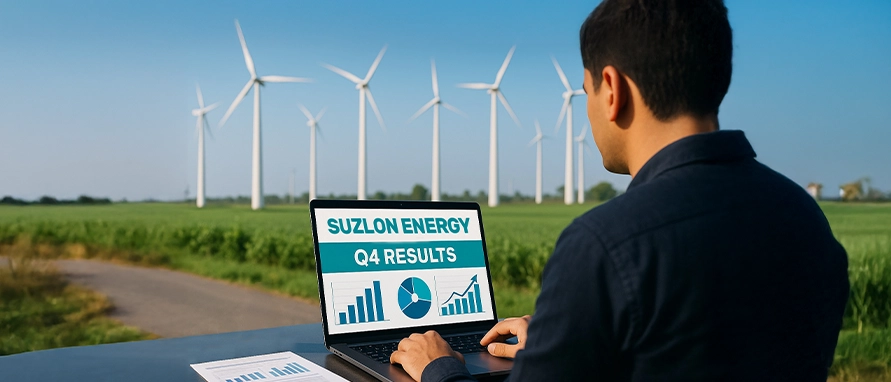Carbon Credit Trading Scheme
Carbon credit trading is an important financial tool that has emerged to combat climate change. As global emissions continue to rise, carbon credit trading allows for a market-driven approach to managing and reducing carbon dioxide (CO₂) emissions. By allowing entities to trade emissions permits, carbon credit schemes provide financial incentives for industries to reduce their emissions, driving both innovation and environmental responsibility. In this piece, we explore the fundamentals of carbon credit trading, its application in India, and its significance in global sustainability efforts.
What Is Carbon Credit Trading?
Carbon credit trading is a market-based system that allows businesses, countries, or organisations to buy and sell carbon credits, which represent the right to emit one ton of CO₂. The concept behind carbon credit trading is rooted in the cap-and-trade mechanism, which sets a limit (or cap) on the total allowable emissions from all participating entities. These entities are allocated or can purchase emissions allowances that represent a certain amount of CO₂ emissions.
In a cap-and-trade system:
Cap: A total limit is imposed on emissions, which is gradually reduced over time to drive emission reductions.
Trade: If an entity reduces its emissions below the allocated cap, it can sell the excess allowances to other entities that are unable to meet their targets. This creates a market for carbon credits and encourages companies to find cost-effective ways to reduce their carbon emissions.
By putting a price on carbon, carbon credit trading provides economic incentives for companies to cut emissions and invest in cleaner technologies.
Carbon Credit Trading Mechanism Explained
The carbon credit trading mechanism is structured around key elements that ensure both compliance and the creation of market-driven incentives for emissions reductions. These elements include:
Emissions Caps: Governments or regulators set a limit on the total amount of CO₂ that can be emitted within a specific timeframe, ensuring that overall emissions are reduced gradually.
Allowance Allocation: Companies or countries receive or purchase allowances, each representing one ton of CO₂. The allocation process can either be free or auctioned, depending on the regulations of the specific carbon trading scheme.
Trading: Entities that can reduce their emissions below their allowances can sell their surplus credits to others, creating a financial incentive to lower emissions and invest in cleaner technologies.
Incentives for Low Emissions: The trading of carbon credits creates a market where the price of credits is determined by supply and demand. This financial system encourages businesses to innovate in order to reduce their emissions at a lower cost than purchasing additional credits.
The core idea is that reducing emissions in the most cost-effective way benefits both the environment and businesses, creating a win-win scenario.
Carbon Credit Trading in India: The New Scheme
In July 2024, India launched its Carbon Credit Trading Scheme (CCTS) as part of its efforts to meet its climate targets and manage its carbon emissions effectively. The Indian scheme operates within a regulated compliance market that mandates industries to meet a specified emissions cap. However, it also includes a voluntary offset mechanism, allowing businesses to purchase carbon credits to offset emissions beyond their mandatory targets.
Key aspects of India’s Carbon Credit Trading Scheme:
Compliance Market: India’s CCTS requires industries such as power generation, steel manufacturing, cement production, and others to comply with set emissions limits. If industries fail to meet their target reductions, they must purchase credits from other entities.
Voluntary Offset Mechanism: Businesses that exceed their emissions reduction targets can sell their surplus credits to other companies, creating an opportunity for industries to be rewarded for their voluntary efforts to reduce emissions.
MRV (Monitoring, Reporting, Verification): This mechanism ensures that credits sold on the market are verified for actual emissions reductions, maintaining the integrity of the system.
Regulatory Framework: The Indian government has introduced a structured regulatory framework to guide and govern the functioning of the carbon credit market, ensuring transparency and fairness in the trading process.
Through this scheme, India plans not only to reduce emissions but also to promote clean technology investment while opening pathways for its industries to engage with global markets.
Carbon Credit vs. Carbon Trading: Understanding the Difference
Clarify the distinction between carbon credits, which represent a specific amount of emissions reduced or offset, and carbon trading, the broader market system where these credits are bought and sold to meet emissions targets.
| Carbon Credit | Carbon Trading |
|---|---|
| Represents a permit allowing the emission of one ton of CO₂, typically issued for environmental projects like renewable energy or reforestation. |
Refers to the system of buying and selling carbon credits, where credits are traded on a marketplace to help entities meet their emissions targets. |
| Can be generated through projects that reduce emissions, such as forest preservation or clean energy initiatives. |
Involves both compliance markets, where companies are required by law to reduce their emissions, and voluntary markets, where businesses can offset beyond the legal requirements. |
| Can be used by businesses or governments to offset emissions and meet their targets. |
Involves the transaction of carbon credits to ensure that entities comply with emissions reductions or voluntary carbon offset goals. |
Components of the Carbon Credit Trading Scheme in India
India’s CCTS is designed to provide a comprehensive structure for reducing emissions while encouraging sustainable business practices. The scheme includes:
Compliance Market: A mandatory emissions cap on industries, with companies required to meet these targets or purchase credits to offset excess emissions.
Voluntary Offset Mechanism: Allows businesses to go beyond the regulatory requirements by purchasing credits voluntarily to offset more emissions than the mandated levels.
Monitoring, Reporting, and Verification (MRV): Ensures that the emissions reductions achieved through projects are accurately monitored, reported, and verified, maintaining the credibility of the carbon credit market.
Regulatory Framework: The Indian government has put in place a robust regulatory framework to manage the CCTS, ensuring transparency and compliance, with rules regarding credit issuance, trading, and reporting.
This multi-faceted approach ensures that India’s carbon market is both functional and effective, with clear guidelines and incentives for businesses to reduce emissions.
Why Carbon Credit Trading Matters
Carbon credit trading is an essential tool in the fight against climate change. By assigning a cost to carbon emissions, it creates an economic incentive for companies to reduce their environmental impact. The pricing mechanism encourages businesses to adopt green technologies and practices that minimise CO₂ emissions, which directly helps in:
Curbing Greenhouse Gas Emissions: By providing a financial incentive to lower emissions, carbon trading directly supports efforts to reduce global warming.
Incentivising Sustainability: It fosters a sustainable business environment by rewarding companies that go beyond compliance with emission regulations.
Encouraging Investment in Green Technologies: The market-driven nature of carbon trading promotes investment in clean energy, energy efficiency, and other low-carbon technologies.
Carbon credit trading provides a structured approach to integrating climate-conscious business practices, creating a global solution to emissions reduction.
Challenges and Criticisms of Carbon Credit Trading
Despite its advantages, carbon credit trading faces several criticisms and challenges:
Lack of Standardisation: Different carbon markets and schemes operate under varying rules and regulations, leading to inconsistencies.
Potential for Fraud: There are concerns about fraudulent credits being issued or traded, particularly in less-regulated markets.
Integrity of Credits: Ensuring that credits genuinely represent verified emissions reductions remains a challenge.
Skepticism in the Voluntary Market: Without proper regulation, some voluntary carbon credits may not result in real-world emissions reductions, undermining their effectiveness.
Addressing these issues is crucial to improving the credibility and impact of carbon credit trading systems globally.
Global Examples of Carbon Trading Schemes
Several countries have implemented successful carbon trading systems:
EU-ETS (European Union Emissions Trading System): One of the world’s largest and most developed carbon markets, covering over 11,000 power plants and factories in the EU.
China’s National Carbon Trading Scheme: Launched in 2021, this is the world’s largest carbon market, aimed at reducing emissions across China’s industrial sectors, including energy and manufacturing.
These global systems offer valuable insights and models for India’s emerging carbon credit market.
Conclusion
Carbon credit trading is an essential mechanism for reducing global emissions and fostering sustainable business practices. India’s Carbon Credit Trading Scheme (CCTS) represents a significant step in the country’s efforts to meet international climate commitments while also supporting economic growth through green technologies. As the global community continues to embrace carbon trading, it will play an increasingly vital role in mitigating climate change and achieving sustainability goals.
Disclaimer
This content is for informational purposes only and should not be construed as investment advice. Bajaj Finserv Direct Limited shall not be liable or responsible for any investment decisions you may take based on this content.
FAQs
How does carbon credit trading work?
Carbon credit trading allows entities to buy and sell permits, each representing one ton of CO₂ emissions. This mechanism provides a framework through which emissions reductions can be tracked and potentially monetized.
What is the carbon credit trading mechanism in India?
India's carbon credit trading mechanism involves a compliance market where industries must meet emissions caps, and a voluntary offset mechanism to reduce emissions beyond the required levels.
What’s the difference between carbon credit and carbon trading?
A carbon credit represents one ton of CO₂ reduced or offset, whereas carbon trading is the process of buying and selling these credits within a regulated market.
When did India’s carbon market launch?
India's Carbon Credit Trading Scheme (CCTS) saw its detailed compliance regulations formally adopted in July 2024, laying the groundwork for a full-market rollout expected by mid-2026.
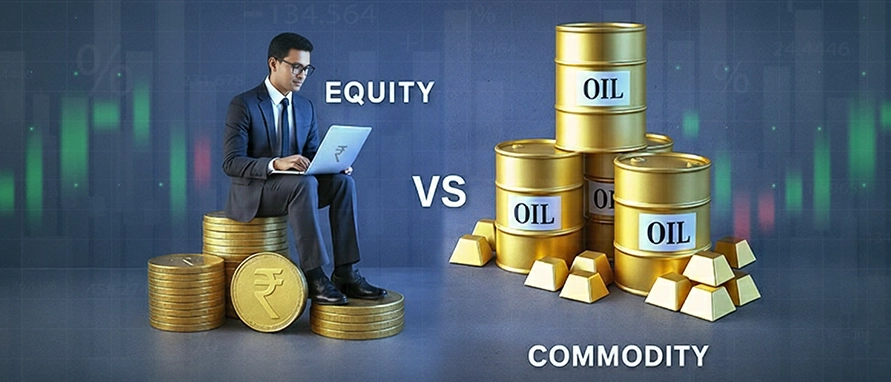








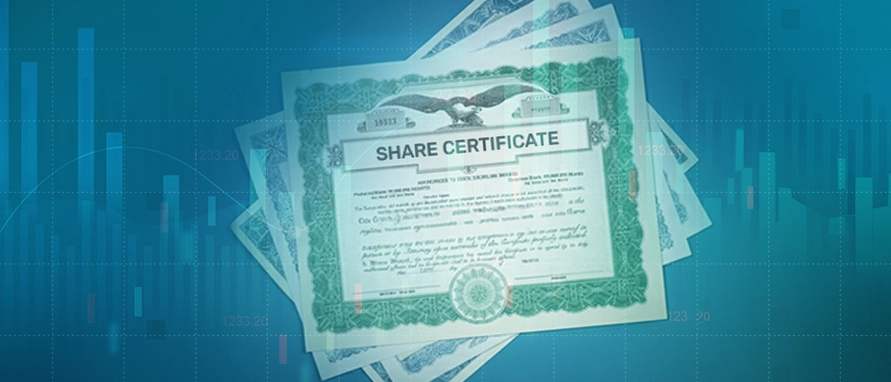











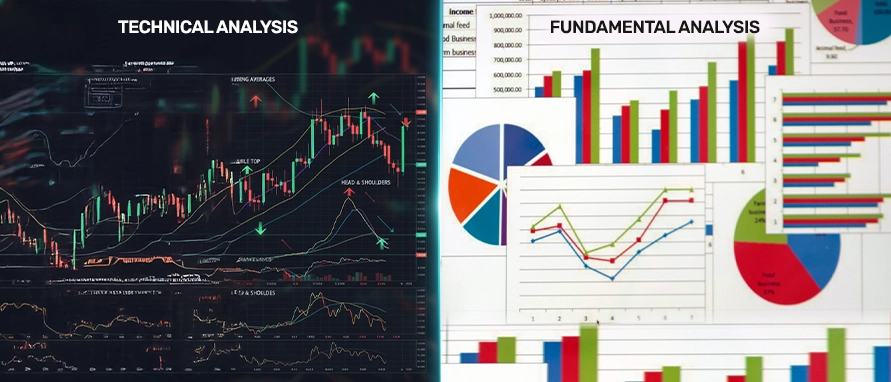


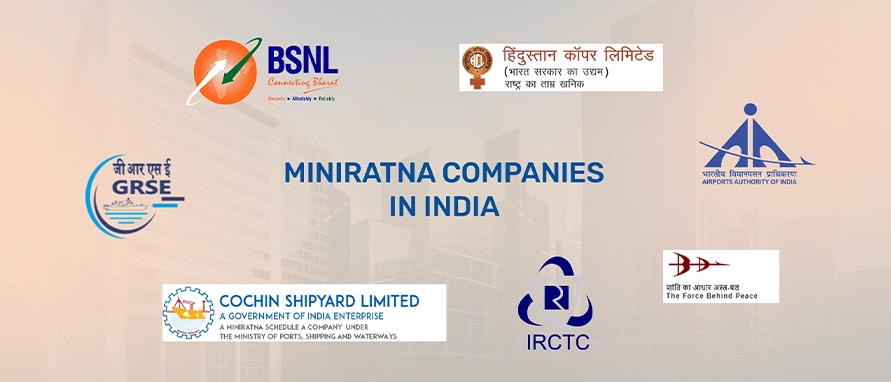





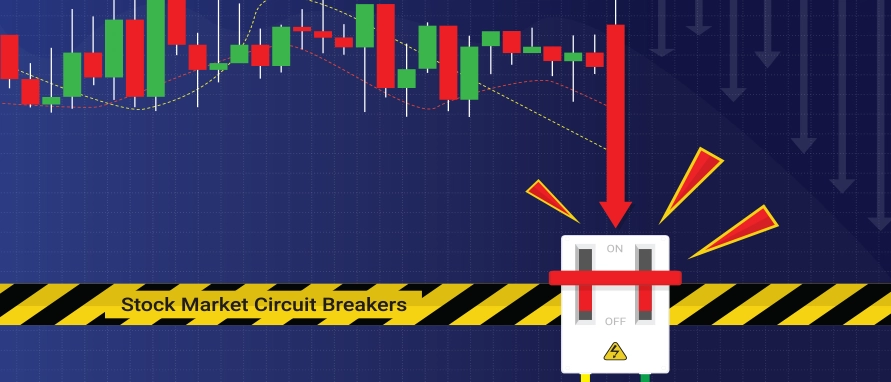















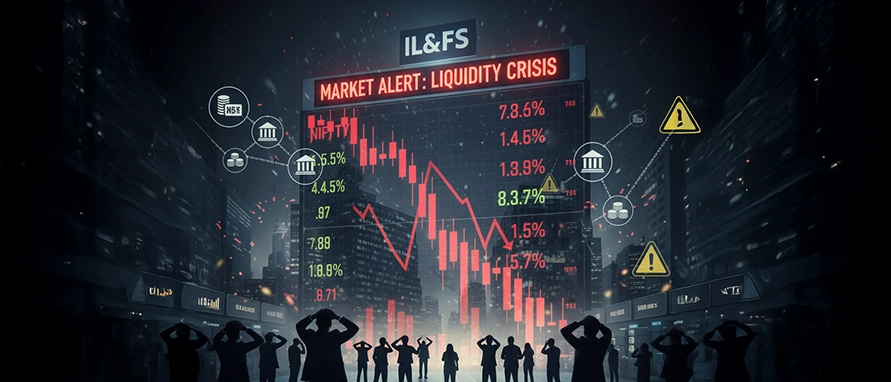




































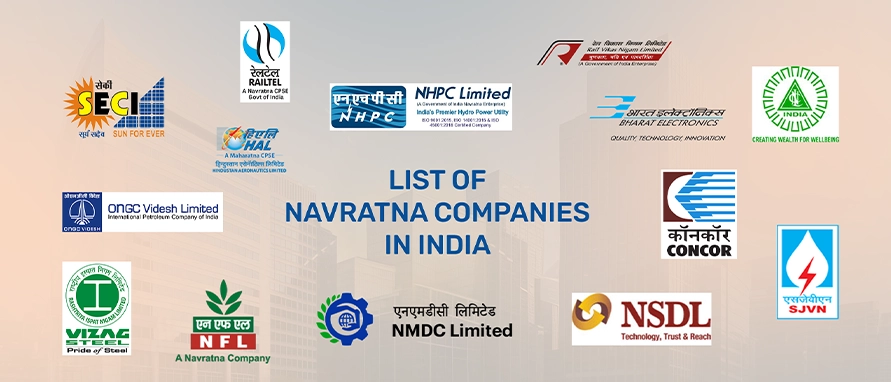




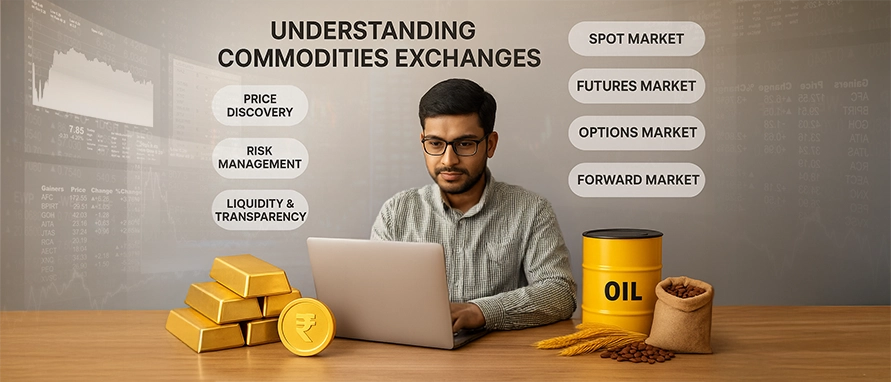
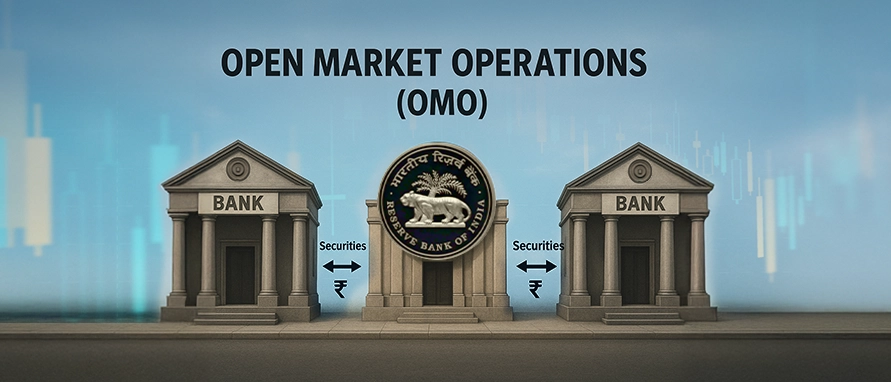








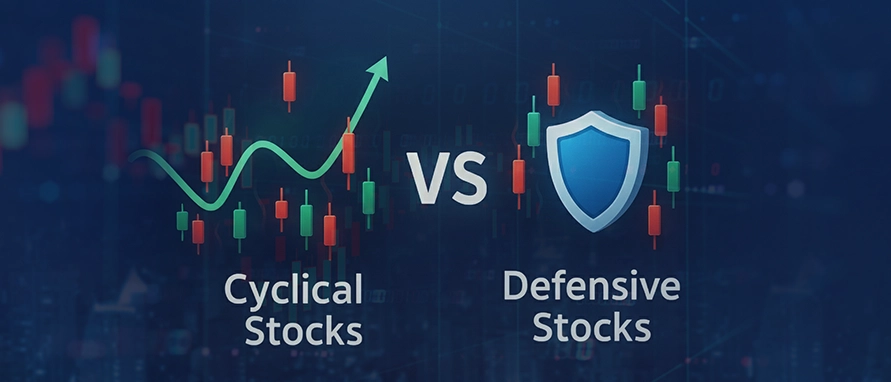










.webp)


















.webp)





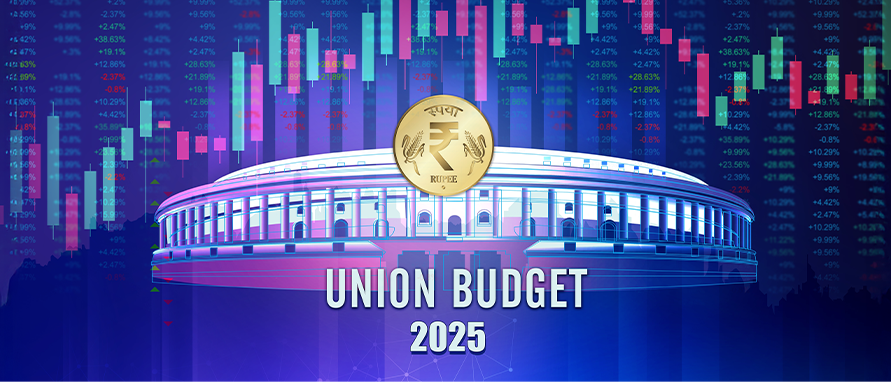
.webp)



.webp)
-in-India.webp)













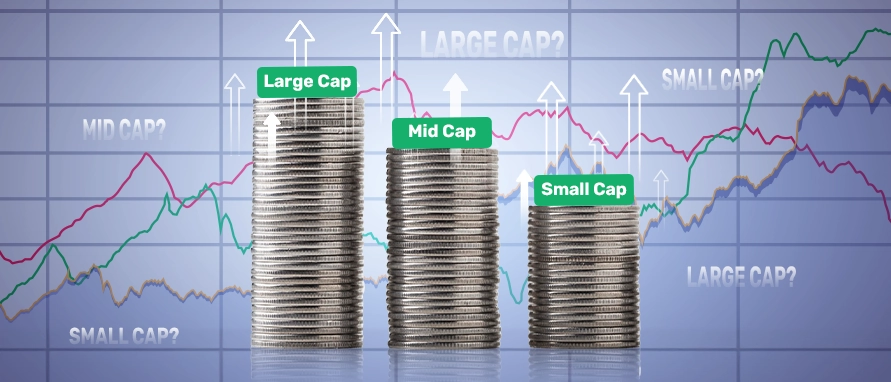


















.webp)




-Meaning-Importance.webp)





.webp)




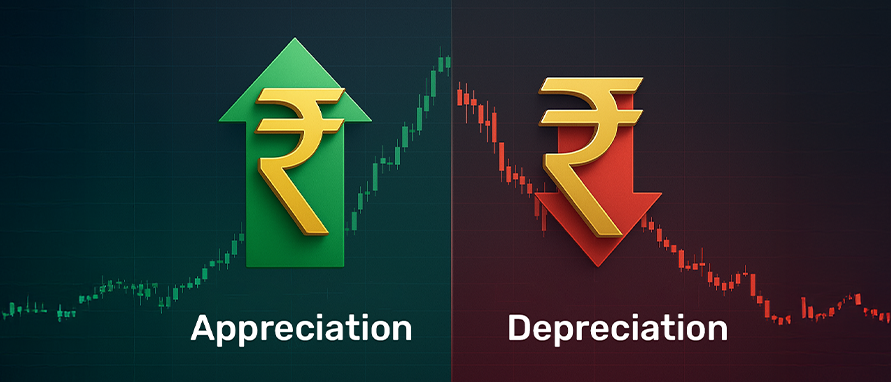

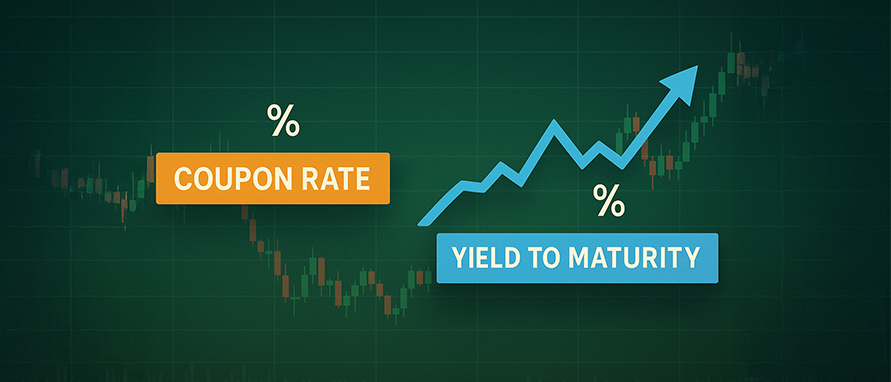













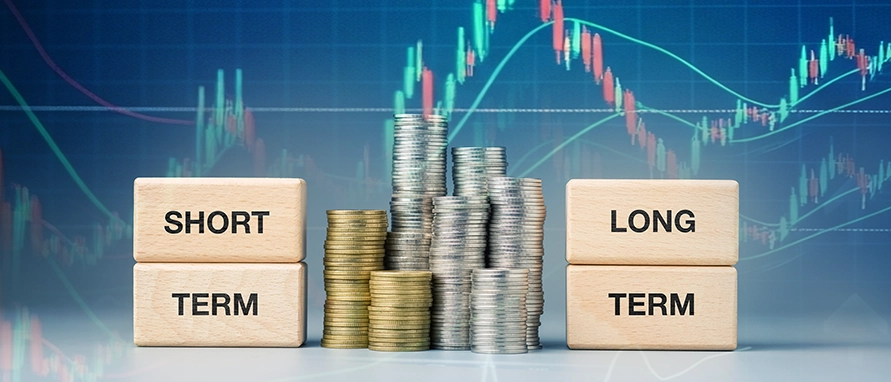

-portfolio.webp)















































